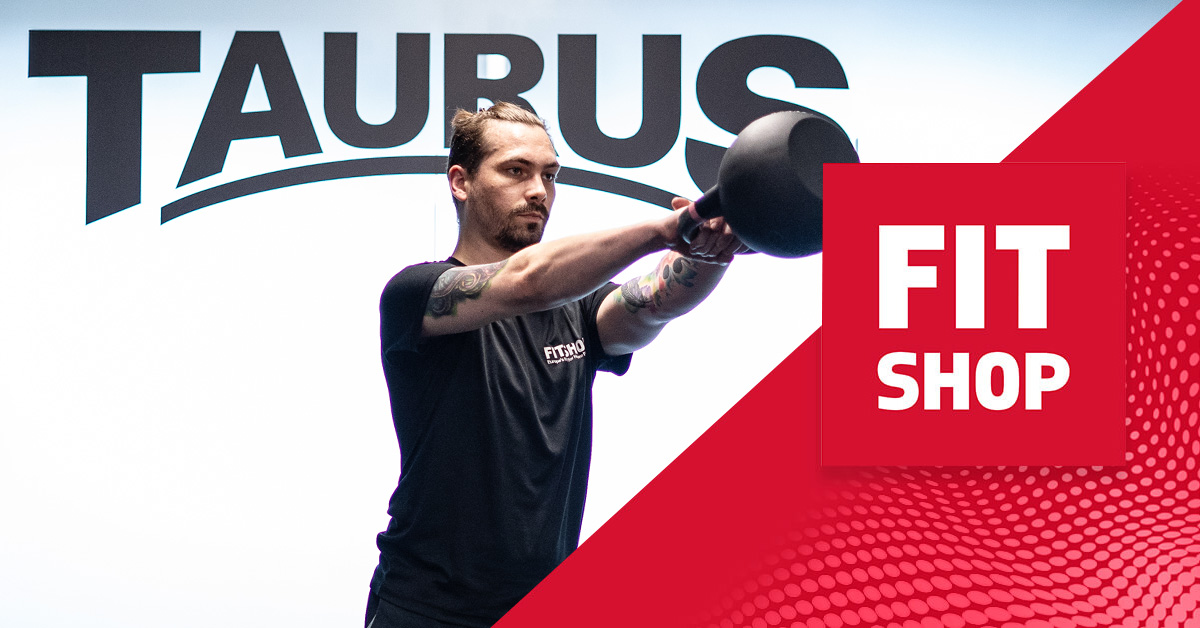Four Minutes to Fitness: Why Tabata is the Ultimate Workout
We covered training techniques in our previous blog, and we are back with another instalment. Tabata continues to be one of the most popular exercise classes and training techniques among gymgoers, personal trainers, and sports professionals. But what is it? Where did it come from? Fitshop has the answers! In today’s blog, we will explore what Tabata is, what it involves, and how to incorporate it into your routine.
A Brief History of Tabata
In the early-mid 90s, a Japanese health researcher named Dr Izumi Tabata accepted a job from the head coach of the Japanese speed skating team to analyse the efficacy of the team’s training program. The program involved short bursts of high activity and even shorter rest periods. Dr Tabata’s analysis showed that the training method was effective at improving anaerobic and aerobic fitness. Dr Tabata’s name became synonymous with the training technique he helped develop through rigorous scientific testing.
In February 2013, Universal Pictures International Entertainment announced that it was working with Professor Tabata to license a HIIT exercise program based on his research findings. By July 2013, the first instructors appeared, and the popularity of the group exercise class soared. Tabata classes and training styles remain a popular methodology today.
What is Tabata Training?
Tabata training is a style of high-intensity interval training (HIIT) that involves twenty seconds of effort and ten seconds of rest for eight consecutive sets. One round of Tabata takes only four minutes, making it a great choice for working out when you are short on time.
Generally speaking, Tabata workouts involve bodyweight exercises such as jumping jacks, burpees and squats, but many interpretations of the methodology incorporate free weights, boxing, steps, and other fitness tools.
It was initially developed to improve the aerobic fitness of athletes; however, Dr Tabata noticed an increasing demand for the technique to develop muscular strength. Through his research, he realised that by changing the exercises, the method could take advantage of both aerobic and anaerobic development.
Why is Tabata Good?
Tabata stands out in the fitness industry due to its rigorous scientific approach. Dr Tabata has dedicated his career to researching the effects of training style on athletes’ performance. Using state-of-the-art measuring equipment, he is applying the research to the study of diabetes.
By recording scientific evidence over many years, Tabata has a legacy of reliable evidence of its effectiveness. With the fitness industry changing as rapidly as it does and with new fitness trends happening on a near-weekly basis, it can be difficult to know where to turn and who’s advice to rely on. By grounding itself in science and research, there is a level of trust that is irreplaceable within the industry.
Who is Tabata For?
Given the high intensity involved in Tabata training, be cautious when approaching this style of training. Remember that it was first designed for high-performance athletes and then developed for the public. Therefore, inexperienced gymgoers are not encouraged to participate in the methodology.
If you’re a regular gymgoer or sportsperson, Tabata can be incredibly beneficial to your training regime. The method can be widely applied to training goals ranging from increasing VO2 max to building muscle to improving cardiovascular performance.
How to do a Tabata Workout?
The beauty of Tabata is that you can perform a workout without any equipment. Tabata timers are free to download; we also recommend an exercise mat. It is crucial that you put 100% of your effort into each round of activity. The aim is to be totally exhausted by the end of the eight rounds.
Tabata can be as simple or as complex as you want it to be, which is part of its appeal. In the simplest form, you could do an exercise like squats and do all eight rounds, doing 20-second bursts of squats as fast as you can.
The eight-round structure does make it interesting to experiment with. For example, we could do two exercises consecutively. Let’s keep the squats in on rounds one, three, five, and seven. For the alternate rounds, let’s pair it with mountain climbers to challenge the core while keeping the legs moving.
Alternatively, we could do four activities and increase the difficulty of each exercise. Let’s make our squat a jump squat; add burpees, jumping lunges, and twisting mountain climbers to finish off. You run these through consecutively to do each exercise twice in the four minutes.
You could even do eight different exercises or run eight stations and revolve around each one, which is great for exercise classes. Each round of the circuit is four minutes, meaning you could do five rounds during a thirty-minute class, including a warm-up and a cool-down.
Tabata for Building Strength
For strength-building exercises, be mindful and safe, and ensure a thorough warmup is completed before attempting them. Remember, Tabata’s design is to push participants to their limits. Incorporating strength training into your routine increases the risk of injury and strain.
Battle ropes, plyometric boxes, and dumbbells are all good tools to use during strength-focused Tabata routines. Olympic weightlifter Dmitry Klokov has an excellent video showcasing how he combines Tabata with a weightlifting circuit, showing the amount of range it can truly have. Note that the exercises performed by Klokov are extremely difficult and complicated and performed by a professional.
We at Fitshop hope that you have enjoyed this deep dive into Tabata. We have some very exciting news coming in September. Be sure to keep your eyes peeled for our upcoming blogs.




Post Comment